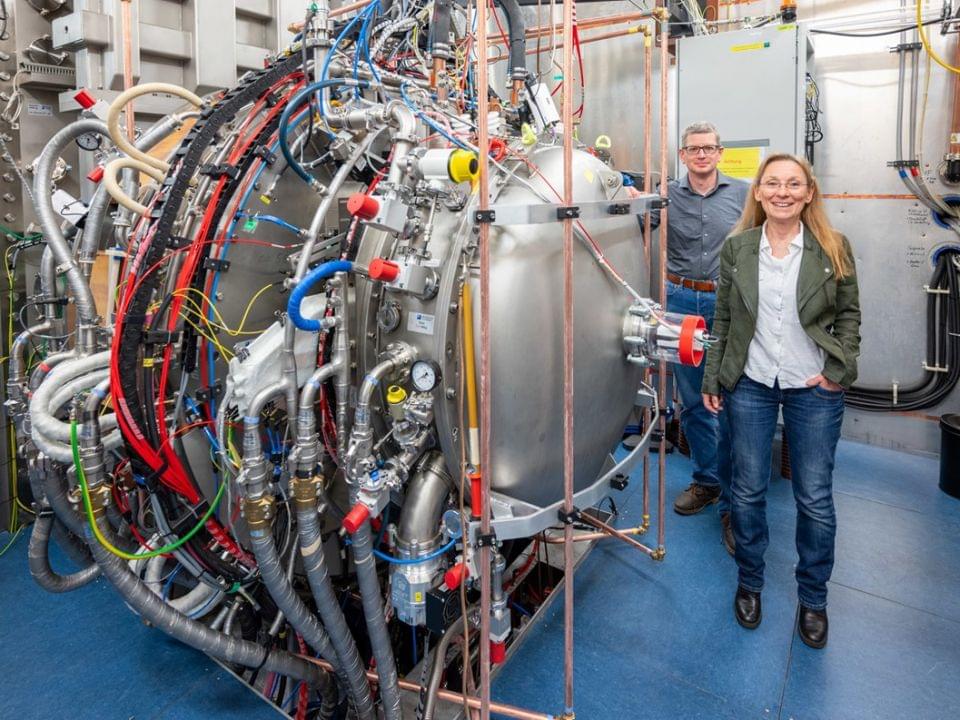To do this, hydrogen ions are first generated, extremely accelerated in an electric field, and then neutralized to enter in the magnetic cage of the ITER tokamak where the plasma is confined. Such a powerful NBI heating—two particle beams are to deliver 16.5 megawatts each—has never been built before.
The aim of the Max Planck ELISE experiments is to generate a hydrogen ion beam with a reliably high current density and demonstrate quasicontinuous operation. The ion source of ELISE is half the size of the ion source for ITER.
What it means: The record ion current density means that ELISE has already achieved the ITER target, even though only a maximum of 75 percent of the high-frequency power available at ITER is available to generate the ion source plasma at the experimental testing facility.
